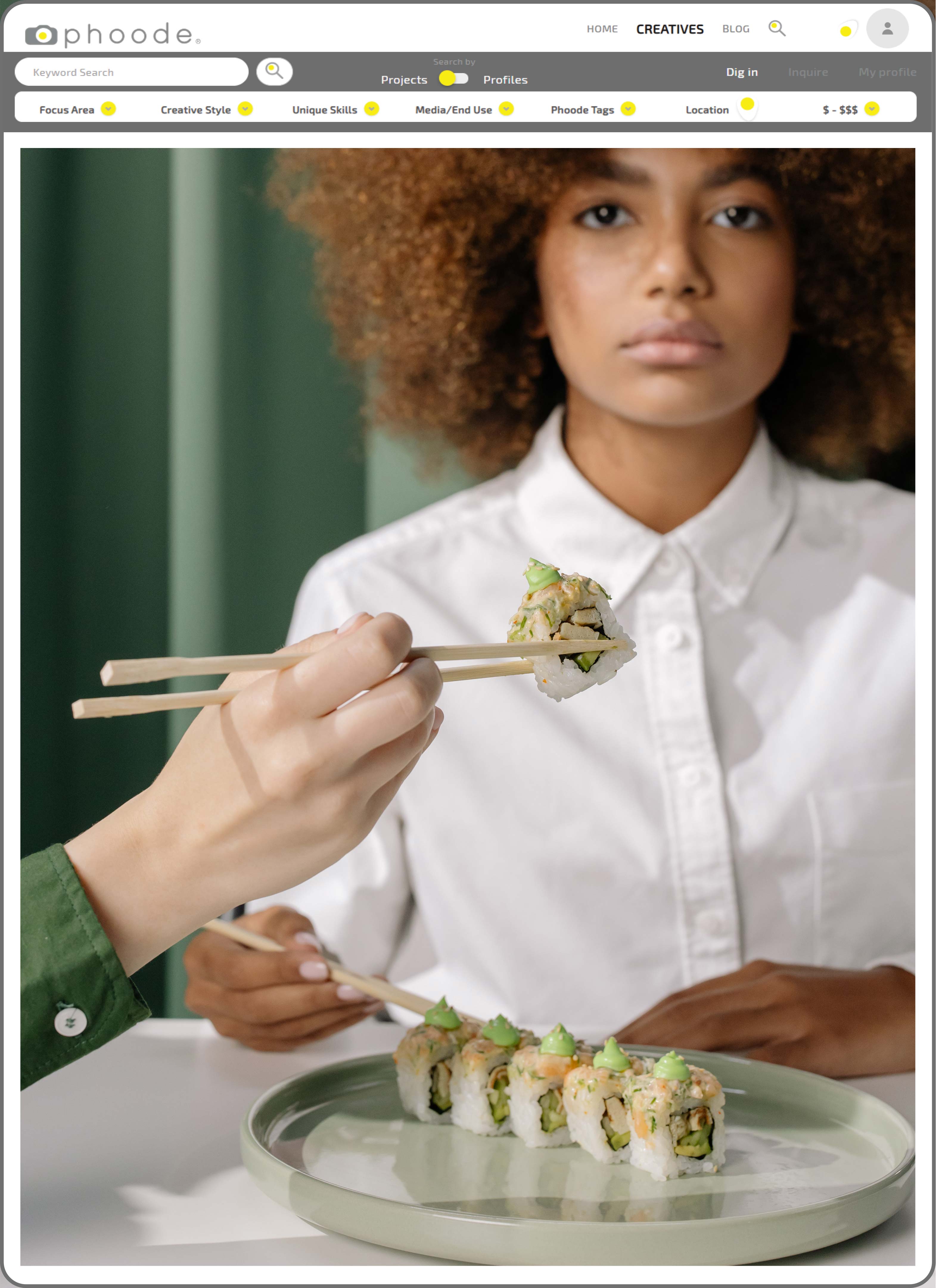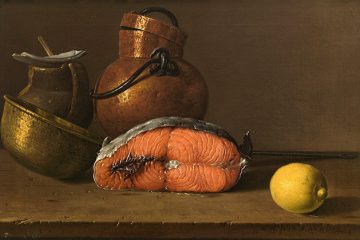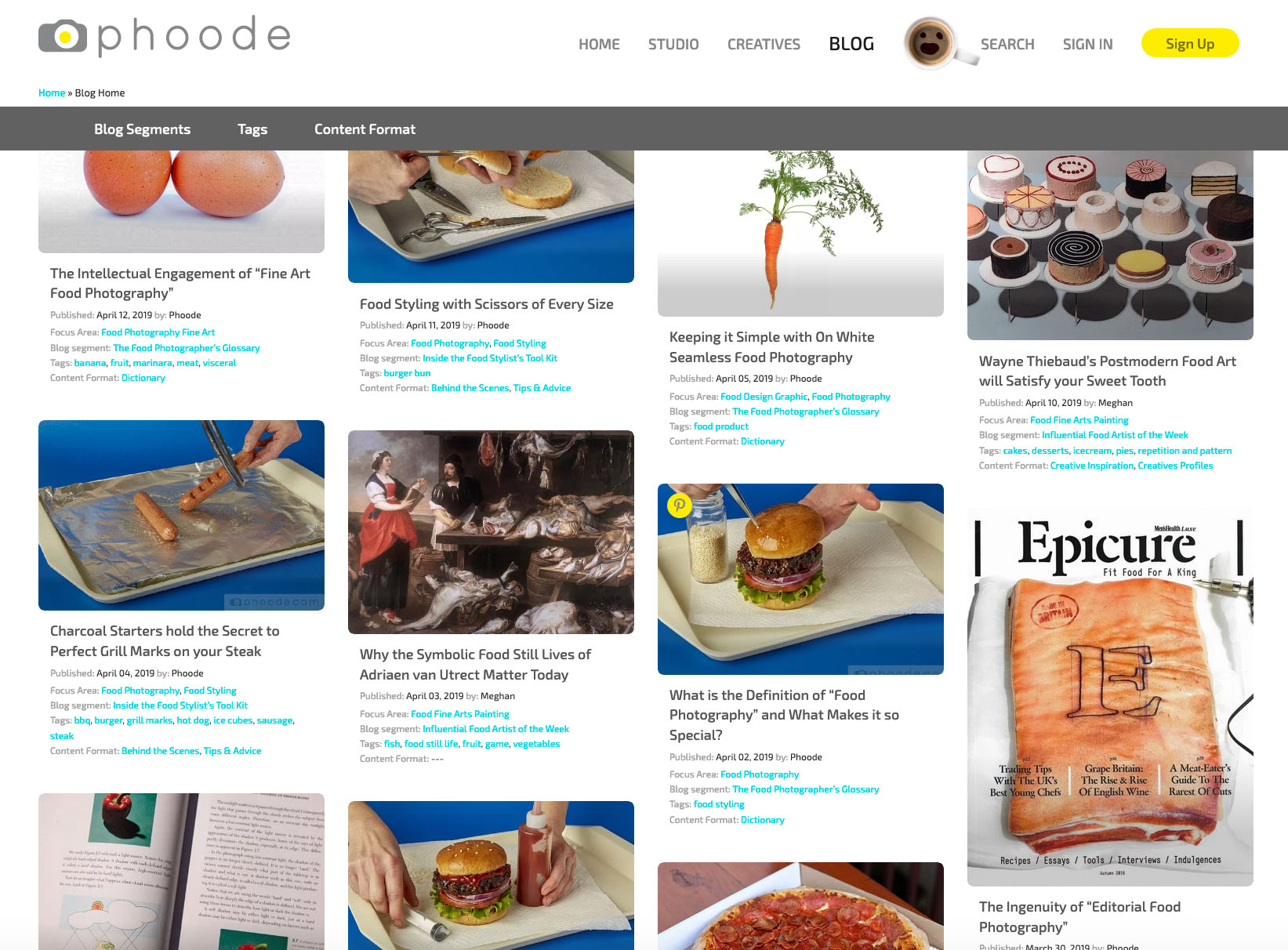Styling Food for Photography with Wooden Toothpicks and Skewers
Chances are, you’ve got a bundle of skewers or a box of toothpicks floating around in your home pantry. Why not put them to use? While there may not be much to them, a small stick can accomplish a lot more than picking schmutz from between your teeth. Read on to find out just how much of a difference styling food with toothpicks or skewers can make on your next shoot!
Who doesn’t love a styling tool that hardly dents the budget? Toothpicks and skewers make a huge different and cost just a few cents (or less) to procure!
Food stylists are far from the only ones to find utility in these everyday objects. Any time you order a club sandwich at your local diner, you can expect one or two to hold the structure together. Cake makers insert skewers when working in tiers to maintain as level a working surface as possible for frosting. Skewers are all that separate kebabs from becoming disparate pieces of meat and veggies.
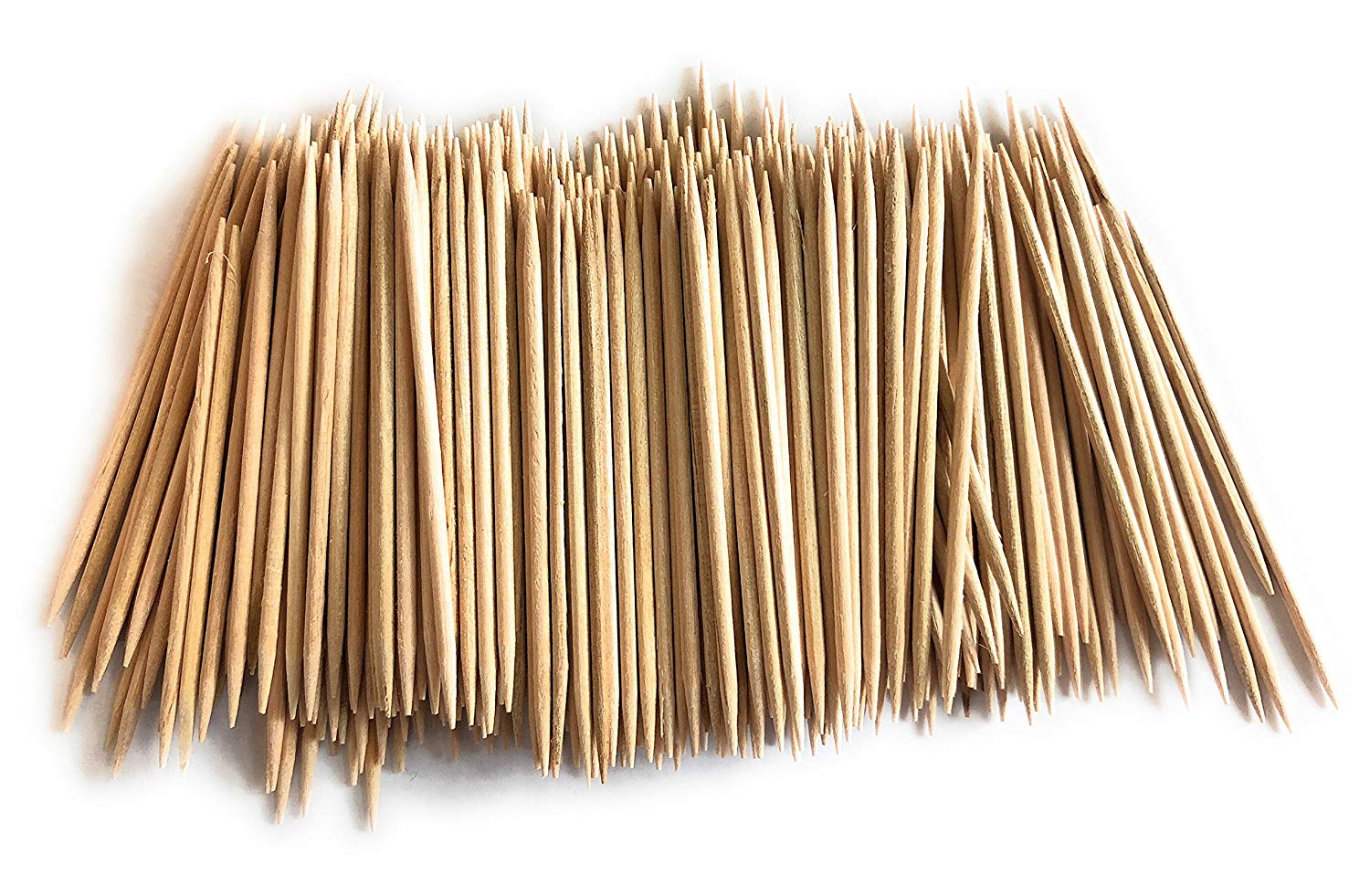
Since both ends of the toothpick are sharp, they do an excellent job of connecting components. Want to keep a vegetable or a matzah ball floating prominently above a sea of chicken soup? Stick a piece of foam to the bottom of your bowl, pierce it with a toothpick, then stick your desired garnish on the exposed end. A mouthwatering, eye-catching salad can be calculated by skewering specific chunks of contrasting fruit together.
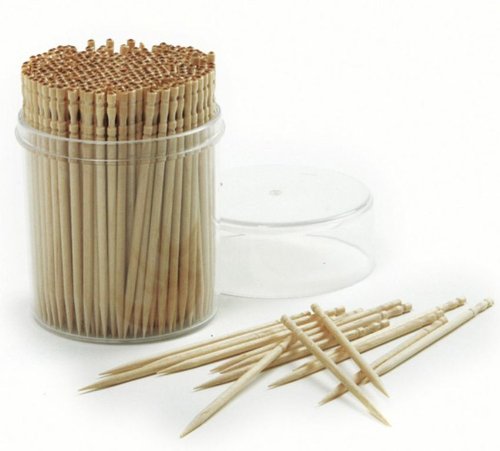
Styling food with toothpicks or skewers can stabilize, straighten, and suspend the ingredients you want to show off most. They go beyond simply holding things together. Though there’s not much to them, they can play a major role in improving a presentation and adding details to bring your dish to the next level.
Want to apply a single drop of water to give that tomato a garden fresh look? You can dictate exactly where droplets go with a toothpick and some glycerin solution. Don’t want to commit to the angle of a sear mark right away? Place some toothpicks along the side of your steak lengthwise to mark how your grill marks should go and give yourself an idea of how the final product will look. Having a few trusty skewers on hand will make the process of perfecting a scene infinitely easier.
One of the most convenient aspects? The food you’re working with will completely conceal a toothpick or skewers presence. Masking any visible bits in post takes just a click or two. You may not want to take a bite out of a burger being held together with some strategically placed sticks. However, their presence can make the burger look neater and more appetizing.
Styling food with toothpicks can also help highlight aspects of a dish that wouldn’t be immediately evident in a real-life food setting. It’s easy to lose toppings like lettuce, cheese, and pickles beneath a top burger bun. But, when some toothpicks or skewers are in place, it’s possible to defy gravity and “lift” the bun a bit from the meat patty. This leaves more room than usual to fluff a crispy romaine leaf or bring a red onion ring closer to the camera’s view. Furthermore, the insides of your sandwich can be secured at whatever angle you like with a single plunge of an average toothpick
There’s no need to stop there. The food SFX you can accomplish are limited only by your own imagination. If a toothpick is conveniently at hand, it can clear away crumbs. When you need to move around a layered food to get the perfect angle, they ensure that a wrong move won’t send the whole thing teetering to the ground. With just a touch of Photoshopping afterwards, they can even help ingredients float or fly through the air.
Don’t let the versatility of these unsuspecting tools go to waste. When it comes to styling food with toothpicks, there’s no need to overthink. These unsung heroes are ready to plunge into just about any issue you encounter!






